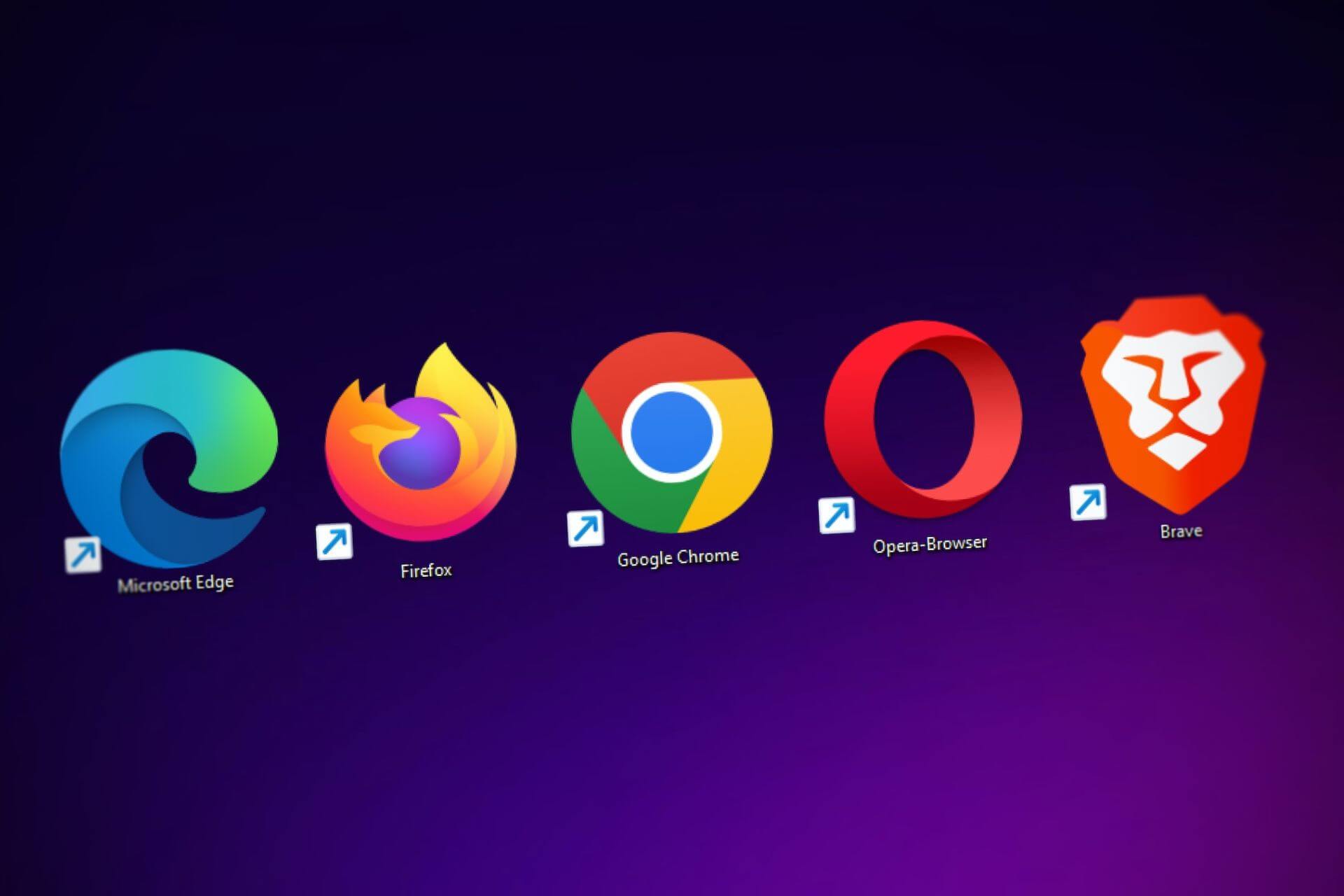
Bitcoin Mining: How are Bitcoins Generated?
August 27, 2019 - Emily Newton
Revolutionized is reader-supported. When you buy through links on our site, we may earn an affiliate commision. Learn more here.
Cryptocurrencies are all the rage these days, especially Bitcoin, which is one of the most prominent and first to launch. It also happens to be one of the most valuable cryptocurrencies available, worth nearly $10,000 for a single coin — at least at the time of this writing.
There are additional cryptocurrencies, or alt-coins, available besides Bitcoin. Some examples include Ethereum, Monero, Litecoin, Ripple, Dash, Zcash and many others.
These virtual currencies are wholly different from fiat or traditional ones, such as cash. The way to earn them is not only different, they also exchange and retain value in a unique fashion. Bitcoin, for instance, is incredibly volatile — and the current value is constantly changing, sometimes at extreme amounts in just a short period. Crypto is similar to stocks or high-volatile investments in this way, as the value can turn rapidly with little to no warning.
How do they work, though — and where do they come from? What does bitcoin mining have to do with these virtual currencies?
What Is Bitcoin Mining?
Cryptocurrencies are decentralized. There’s no governing or regulatory body. Instead, they operate on a public ledger system, called blockchain. When transactions take place, various nodes along the chain authenticate the parties involved. The funds exchange hands. It’s essentially like the nodes give their seal of approval.
Mining is the most common way to earn cryptocurrencies like Bitcoin. Collectively, the network uncovers what’s known as a coin. Then, it distributes it in pieces to those whom did the most work.
Miners continuously work to solve computational problems, and when completed, the process chains together “blocks” or individual transactions. As a result, those involved receive the newly created bitcoins. This serves two purposes. First, it’s how the network issues new bitcoins. Approximately every 10 minutes, the network distributes new coins. Secondly, it’s how miners and most crypto-users earn their funds.
The longer this mining process takes place and the more coins discovered, the more difficult it becomes. In the early days, it was possible to mine for bitcoin using a simple computer. Today, however, bitcoin mining requires an incredibly powerful series of computers to do the work. Plus, it consumes an inordinate amount of power in the process.
It requires so much power that it’s no longer lucrative for the average user to mine bitcoin. Instead, the best way to earn the currency is through trading, investments and completing conventional transactions — such as selling something for bitcoin.
Where Do Earned Crypto-Coins Go?
Unlike cash, you cannot keep cryptocurrencies in a wallet, purse or pocket. Nonetheless, the storage method is remarkably similar — just handled digitally.
You can store Bitcoin in a crypto wallet, which works like a virtual bank account. However, it earns no interest, and no one else can access the wallet. It’s secured using a unique form of encryption, and only someone with the appropriate key can open or recover the wallet.
This is what makes storing crypto somewhat risky. If you lose access to the wallet or misplace the recovery key, then you lose all funds stored within. It doesn’t matter if the wallet contains dozens or hundreds of thousands of coins. No code. No money. Combat this problem by storing your funds in a hardware wallet, which is a physical version of the digital crypto wallet.
To exchange cryptocurrencies for fiat currency, you have to go through an exchange. It works just like converting fiat currencies. You send the virtual coin to the exchange wallet. Then it transforms into the currency you desire, such as U.S. dollars. The exchange wires the fiat currency back to you through the designated service.
How Do Virtual Coins Earn Value?
Cryptocurrencies earn value or an increase in price in one of two ways. First, because of how the bitcoin protocol is structured, the currency is created at a fixed rate. Moreover, there’s a total number of bitcoins that can be created, capped at 21 million
As more coins are discovered, the total number of coins in the market pushes ever closer to that cap. Simultaneously, mining gets more difficult over time, which directly impacts supply and demand. Since only 20 percent of the total bitcoins are left to be mined, the price fluctuates alongside that count.
Of course, once the cap is reached, prices will change based on the practicality and demand of the coin itself. Naturally, the more people want it, the higher the value will be. Another factor that will likely play a role in the coming years is the legality of its use. Laws and regulations surrounding digital currencies continue to change, with some countries banning its use outright.
Still, with a current value of about 10,000 per coin, it’s hard to resist the potential earnings one could gain from getting involved with digital currencies.
Revolutionized is reader-supported. When you buy through links on our site, we may earn an affiliate commision. Learn more here.
Author
Emily Newton
Emily Newton is a technology and industrial journalist and the Editor in Chief of Revolutionized. She manages the sites publishing schedule, SEO optimization and content strategy. Emily enjoys writing and researching articles about how technology is changing every industry. When she isn't working, Emily enjoys playing video games or curling up with a good book.




